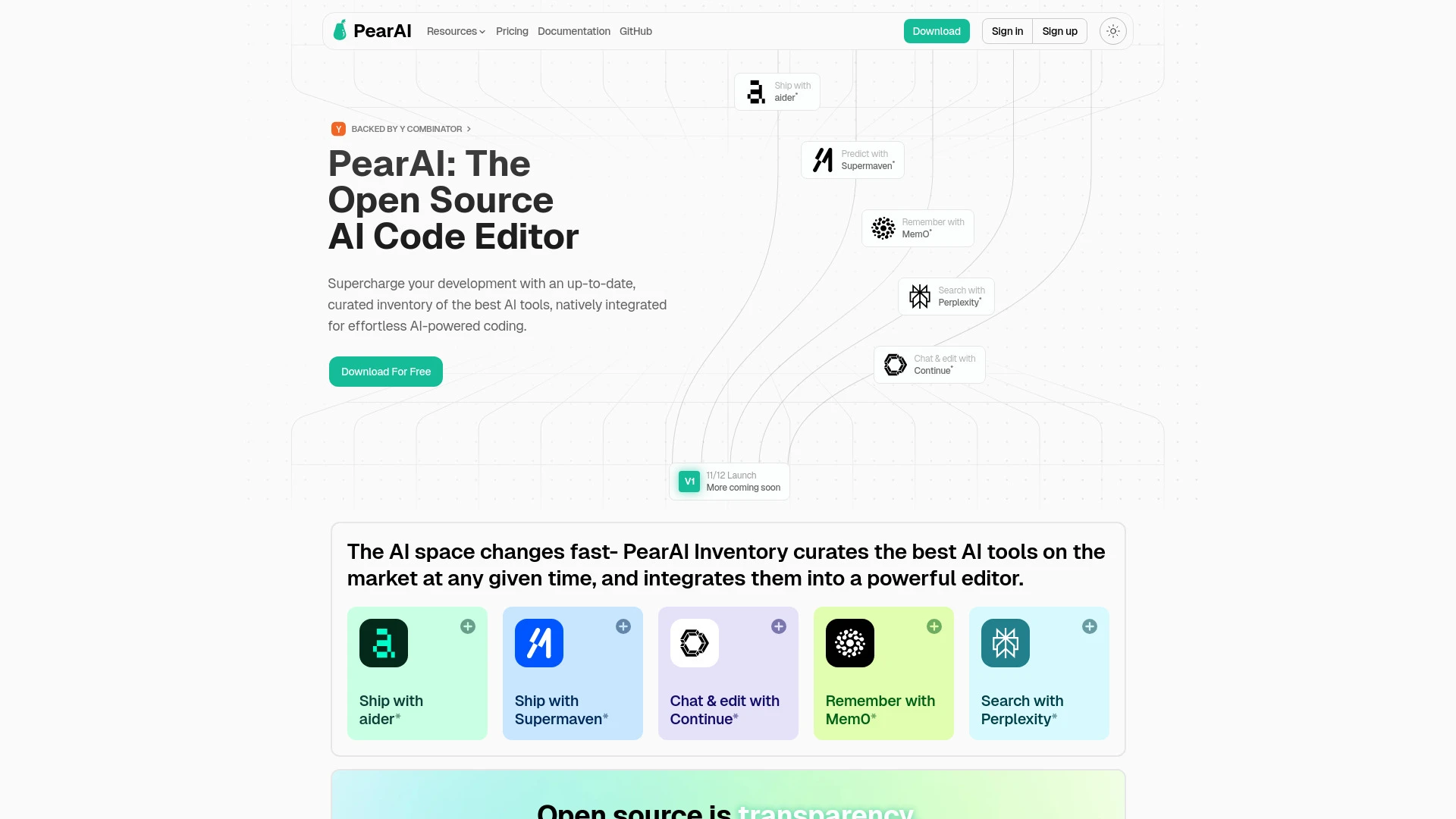AI API Design
AI API design integrates machine learning and natural language processing to enhance software functionality. For instance, APIs like OpenAI's can power chatbots or recommendation systems. Benefits include scalability and rapid development, while challenges involve data privacy and model bias. Applications span e-commerce, finance, and healthcare, transforming user experiences and decision-making.
Primary AI
Most Commonly Used Task
Core Features
Scalability and performance optimization
User-friendly documentation
Version control and management
Support for multiple programming languages
Security and authentication mechanisms
Analytics and monitoring capabilities
Use Cases
Automated data extraction
Natural language processing for chatbots
Image recognition and analysis
Sentiment analysis for customer feedback
Personalized recommendations in e-commerce
Fraud detection in financial transactions
Most Helpful AI's
Primary Tasks For AI API Design
| # | Task | Popularity | Impact | Follow |
|---|---|---|---|---|
| 1 |
🤖🔍
AI content detection |
0% Popular
|
87%
|
|
| 2 |
📱
Apps |
50% Popular
|
76%
|
|
| 3 |
🖥️
User interfaces |
0% Popular
|
78%
|
|
| 4 |
📊
Database QA |
0% Popular
|
78%
|
|
| 5 |
🗣️
Conversational avatars |
0% Popular
|
87%
|
|
| 6 |
🤖
Chatbots |
100% Popular
|
87%
|
|
| 7 |
🔧
Product development |
50% Popular
|
78%
|
|
| 8 |
🏛️
Architectural design |
50% Popular
|
82%
|
|
| 9 |
💬
Conversation management |
50% Popular
|
76%
|
|
| 10 |
📊
Data visualization |
0% Popular
|
78%
|
|
| 11 |
💻
Software development |
50% Popular
|
78%
|
|
| 12 |
🎮
Game creation |
50% Popular
|
78%
|
|
| 13 |
👔
Professional avatars |
0% Popular
|
72%
|
|
| 14 |
💡
Idea generation |
50% Popular
|
75%
|
|
| 15 |
📊
Data analysis |
50% Popular
|
85%
|




